CCS Voices | The Blog
Explore career options in art and design. Across all disciplines, CCS places the student at the center of our educational model. Find out more on specific career pathways by learning more from the following programs’ pages.

Video Transcript
I will make a quick note, though; we are recording this, so if you want to leave your camera off, that’s fine, as it will be posted on YouTube later—probably tomorrow morning. So go ahead and leave your camera off. Sorry, but I will also answer any questions that you might have; we will have time for that towards the end. The presentation will probably be a little less than an hour, but we will get started in just a second. I have one person who seems to be having a hard time getting in. She is still joining, so maybe she is having some issues. We will see how that goes.
Anyways, welcome everyone. As I said, I am very excited to have you here. I am going to share my screen now. While I am presenting, I will not be able to see the chat, but if you do have questions and want to put them in there just so you don’t forget, you can absolutely do that. Like I said, I just won’t be able to see it very well. I am actually going to turn my screen off while I am presenting as well, so we will go ahead and do that here in just a moment. There we go.
Again, welcome. This is the College for Creative Studies, and we are talking about careers in the visual arts tonight. We will jump right in. One of the things we like to talk about to really help people understand what kind of opportunities are out there is that the biggest thing I want you to take away from this is that the whole idea of the starving artist needs to go away. There are too many people out there working in the visual arts in great careers. If you think about it for just a second, art literally touches your life constantly. You know, from the clothes that you put on in the morning to the dishes you use for breakfast to the car that you drive to the phone that you look at probably too many times a day—all of those kinds of things.
So again, there are a lot of different kinds of opportunities out there. What I am going to do is highlight a few of our alumni to get you thinking about what kind of career options are out there. The first one is kind of fun. This is Tim Flattery. He was a transportation design major at CCS, and he did that for a number of years. However, it wasn’t really where his heart was or where his passion was. Tim has been one of the top concept designers for film for almost 30 years now, and concept design is the visual side of filmmaking before they start shooting the movie. They usually have access to the script or a version of it, and they are the ones that come up with what the characters look like, what their environments look like, their costumes, their homes, their weapons, their transportation—all of those kinds of things.
He has also been our dean of undergraduate studies at CCS for the last year and a half, and he has been working on films for almost 30 years now. He has worked on all kinds of different films that you might have seen, including the entire Marvel comic universe series of films that you see listed here, shown here: Hunger Games, Tomorrowland, Pirates of the Caribbean, Robocop, and Guardians of the Galaxy Vol. 2—just tons of different ones. He also had a really cool opportunity to design one of the Batmobiles.
So I am going to share a short video with Tim and another alumnus talking about that. Why is the Batmobile so important? Because it’s an icon; it’s its own character in each movie. It’s become so iconic because of all the things it’s capable of doing and how it supports Batman and his cause. About superheroes, Batman is almost plausible. I think this is more… you know, it can’t be made physically and brought into his reality—not CG. There are a lot of challenges to designing something that’s so familiar that so many people have so many opinions about what it should be.
I love his last line there about there being only six Batmobiles out there, and if you think about it, two of them were designed by CCS alone, which I think is pretty cool. Again, I am going to jump around a little bit and try to highlight some different majors to give you some ideas of career applications. This is Kayla Donaldson. Even before she graduated from CCS, she was already being noticed internationally for her work in footwear design. As a student, she was able to showcase her work in New York at the prestigious CFDA, which is the Council for Fashion Designers of America Graduate Showcase. She was awarded the Graduate Fashion Week International Accessories Design Award for Concept Design in London, and she was also the winner of a competition sponsored by Foot Locker, Adidas, and Pencil.
Currently, she is the Global Jordan Footwear Color Designer for kids’ footwear at Nike. So again, it’s kind of a fun job; you never quite know what you’re going to end up doing. Chris Houghton was an illustration major at CCS, and this is a great story of somebody doing what they really love to do. He is one of those guys who has been into cartooning from day one, and he has been able to make a living at that. His most recent project with Disney is Big City Greens, which he and his brother have created from the ground up. He does the animation, voices the main character, and his wife, who is also a CCS alum, does the color on the show, which is kind of cool.
Wendy was actually a crafts major back in the 70s at CCS, but she is the artist who created the puppet character of Yoda for the Star Wars films. If you have seen Labyrinth or The Dark Crystal, she also created puppets for those as well. Again, tons of different things. I am jumping around a little bit, but I am trying to hit different majors to give you guys some ideas of what can be done with those majors. Scott Malwitz was a product design major, and product design literally covers the design of everything—industrial design or industrial engineering; those are all interchangeable terms.
He is an Imagineer at Disney, which sounds like an awesome job to me, and he was the lead designer on Star Wars: Galaxy’s Edge at Walt Disney World in Florida, which opened in 2019, I believe. Again, he was able to bring that world to life based on what he learned at the school. Judy Too was an interior design major, and she actually works at GM as a color and trim designer, focusing on design and sustainable material development for future vehicles. However, she also has a side job. She uses that same eye for design and color and texture in her business called Fate and Coincidence. She sells jewelry pieces all over the country in 60-plus stores, and it’s a serious body of work based on using recycled plastic material.
You don’t have to be restricted to just what you studied at CCS; you have a lot of different directions you can go. Taylor Langhaus comes from a long line of car fanatics. His father, grandfather, and even great-grandfather all spent their careers building Jeep vehicles at various auto plants in the Toledo, Ohio area. Taylor was a transportation design major, and CCS has one of the best transportation design programs in this country. He interned at the Jeep studio while he was a student at CCS and was hired by Fiat Chrysler North America as a senior designer. He was the main designer for the Gladiator when that came out a couple of years ago.
This next story is about Matthew and Andre, who were entertainment arts majors, and they are working in special effects. This is a great video I am going to share with you guys as well. My favorite part of this job, as far as it sounds, is making cool stuff—designing creatures. How cool is that? I go to work, so blessed to say that I live out here and work out here. Something that I love is working on the camera movement and just bringing it back into one and trying to make it seem seamless. The fact that I could say that I actually contributed to one of their projects is unbelievable.
My number one thing about this industry is the opportunity potential that having all my work finally, you know, in front of me, and realizing that it’s something that’s a part of me is very exciting. Just going back home and showing all my friends what I’ve worked on in the past few years is amazing. I have worked very, very hard to get to this point at CCS. The biggest thing I love about their story is that they are doing what they love; they really enjoy that type of work and being able to do different things. Again, I am kind of jumping around a little bit, but I am trying to focus on different majors just to give you guys some ideas of what can be done with those majors.
Young Kim was an illustration major at CCS. She actually came from South Korea to study and had some success creating sticker illustrations for Facebook. She had work published in the New York Times, but she says that her favorite project so far was creating and publishing her own illustrated children’s book. It was entitled Underground, and it’s a search-and-find book filled with drawings of subway systems from around the world. Her work has been recognized by American Illustration and the Society of Illustrators, which is kind of cool.
This program covers everything from delicate jewelry design to blacksmithing. We actually have a forge on our campus, allowing you to create jewelry, hollowware (like silverware), and other items you would use to eat. As a gallery manager, you will have a variety of different opportunities.
Next is the entertainment arts area, which has three areas of emphasis. The first is animation, which includes various forms of animation, such as traditional cell animation, claymation, stop-motion, 2D computer animation, and 3D computer animation. Career paths in animation include animator, rigger, motion graphic artist, character animator, compositor, and storyboard artist. The two gentlemen who work at Pixelmunder, for example, were both animation majors. Other career options involve texture painting, background design, and concept design for live-action films or games. If you are interested in developing characters and environments, or creating backgrounds, props, weapons, and transportation for films or games, this major is for you. If your focus is on concept design for animation, you might consider the major in cartooning or illustration.
Game design is the last area under entertainment arts. This includes character design, environment design, and level design for games. Career paths in game design involve video game specialist, UI/UX designer (user experience interactive design), multimedia specialist, creative visualization, game development, and game artist.
We are very excited because the fashion design major is expanding this year. It has been a fashion accessories design program for about five years and has been extremely successful. Our students are thriving in that industry, but we want to broaden the focus to include clothing this year. There are many directions you can go, including shoe design, trend analysis, and pattern making. Whether you choose clothing, shoes, or handbag design, understanding trend forecasting is crucial. The fashion industry is always looking to the future, so predicting style or color trends is a valuable skill you will learn in this program.
We are also thrilled to have film as its own independent major. This major encompasses everything related to film, including screenwriting, cinematography, sound editing, producing, and directing. Whether you want to make feature films, documentaries, or television commercials, you will have the opportunity to pursue those directions within the filmmaking process. Career paths include video editor, director, and digital media producer.
Illustration is a broad major that covers various career paths. It is rooted in traditional skills, such as drawing and painting, but also incorporates computer technology. There are many different directions you can take, including children’s book illustration, cartooning, advertising, political illustration, editorial illustration (for magazines or newspapers), and graphic novels. Our alumni have also leaned towards fine art and graphic design, creating digital works.
We are very excited about the new interdisciplinary art and design major. This program allows students with multiple areas of interest to pull from different majors and customize their experiences at CCS. For example, you might take classes in illustration, photography, and advertising, creating a unique combination that suits your interests. The career paths from this major are virtually limitless, including roles such as art therapist, studio artist, art and design faculty member, and art critic.
Interior design covers any type of interior space, whether residential or commercial. This could involve redesigning a kitchen, a bathroom, or even a multimillion-dollar mansion. Additionally, it could include spaces like restaurants, bookstores, hotels, or theaters. We’ve even had alumni from this department go into automotive trim and interiors, which was highlighted in the success section with our jewelry design alumni. This program combines traditional techniques, such as creating mood boards and three-dimensional models, with advanced technology. Students create complete three-dimensional walkthroughs on the computer, which is a great tool to show clients what a finished space will look like.
Photography offers numerous career opportunities, including commercial photography, fashion photography, photojournalism, product photography, sports photography, and fine art photography. There is also a significant demand for digital manipulation and retouching skills, making computer technology experience very important.
Product design encompasses the design of everything, including industrial design and industrial engineering. This field is like engineering but requires less math. Students will work on a variety of designs, including appliances, high-end athletic shoes, medical products (such as artificial limbs), furniture, lighting, and toys. Essentially, product designers take existing items and find ways to improve them or create products that meet future needs, such as electric car charging stations.
The final major is transportation design. CCS has one of the best programs for this field, which is not limited to automotive design. It includes car interiors and exteriors, as well as all forms of transportation, such as buses, motorcycles, bicycles, airplanes, boats, and heavy construction equipment. This major also focuses on the future of transportation, exploring how people will move from point A to point B in five or ten years.
Additionally, we have an art education program. Although it is not a standalone major, students can take any of the regular BFAs and pursue art education certification on top of that. This will take slightly longer (five years instead of four), but half of the last year will be dedicated to student teaching. We have maintained a 100% placement rate for these art teachers for years. The department head often receives calls for available positions, but she does not have any students to send because they are all employed. The certification covers K-12 education. If you are interested in teaching at that level, this is a great option. Not only will you earn your teaching certification, but you will also have a full BFA in your chosen area.
I will stop sharing my screen now because I want to see if there are any questions. I apologize for the lack of volume on the communication design video. Thank you for letting me know. Hopefully, you didn’t miss too much; it is available on our website if you want to check it out. My question is, do any of you have questions about the school, the programs, or different career applications? I hope I have given you some food for thought. I suggest doing a bit more research. I will provide the link to our website, which you probably already have, but just in case, I will put it in the chat. I recommend checking it out because there is a lot of information available. You can explore the different majors and find longer lists of career applications than what I presented. You can also see where some students have done internships or been hired after graduation and the types of companies they work for.
For students unsure about their major, looking at the work that students are doing can be a great starting point. Ask yourself if it looks like work you would want to learn how to do. If you’re not certain about your major, this is a good way to find inspiration. Just enjoy exploring what is offered.
You can always reach out to anyone in the admissions office with questions. Even if we can’t answer them, we’ll know who to send you to. More than likely, we can address your questions. I will give you my email shortly, so you can reach out if you have any questions. Anyone in the admissions office would also be happy to help you. This is my email: Patty Spencer. Does anyone have any questions? You have two options: you can unmute yourself and ask aloud or type it in the chat, whichever you prefer. Please let me know. I will give you a few seconds to think about it and stop talking for a moment.
If anyone has questions about the school, the programs, or the application process, I can answer a few of those as well. Don’t all jump at once! I will give you another 30 seconds. Please feel free to unmute yourself or type your questions into the chat. While we’re waiting for that, I will share one more link for you to check out. This link leads to our Airtable, which contains a lot of additional information that is not on our website, including links to our YouTube page. You can find other presentations like this one on various topics. If you go to YouTube and search for the College for Creative Studies, you’ll find them all.
Jacqueline, thank you for asking about the application process. It’s actually quite simple at CCS. We have a free application available on our website, and we will also participate with Common App starting this fall. I am not sure how that will look yet, but it will be available through Common App too. There is no application fee, and this will continue even with Common App. We require a transcript from your high school and any colleges you may have attended if you are a transfer student. For high school students, the minimum GPA for admission is 2.5, but a higher GPA is definitely better for scholarship consideration. If your GPA falls between 2.0 and 2.5, it’s not an automatic denial; we always look at those cases individually. If you are a college student, you need a transcript from your high school and all colleges you have attended, so even if you took just one class, you want to request those transcripts.
We require all applicants to submit a portfolio, which is probably the thing that stresses students out the most. However, it doesn’t need to be stressful. For CCS, we want to see eight to twelve pieces of your best work, period. It does not have to include everything you’ve done since you were five or even since you were a freshman in high school because that won’t all represent your best work. The portfolio content does not specifically have to relate to your major. For example, if you are applying to the film major, you do not have to have made a film; similarly, if you’re applying to the game design major, you do not have to have created a game. It needs to be work that you are proud of and excited about, showcasing your strengths.
Five majors require some drawing in the portfolio: illustration, fine art, animation, game design, and transportation design. If you are considering one of these majors, I recommend including at least one drawing. If you want to show what you can do, choose your best drawing, or choose a drawing that shows your skill set. But for the other majors, a lot of variety is appreciated, and you could include photography, ceramics, painting, mixed media, or other types of work.
You will upload your portfolio digitally, which means you can photograph your pieces and send them in that way. I will share a portfolio checklist with you after this session, so you can keep it in mind as you prepare.
Thank you for that question! Does anyone else have any questions?
Chris Houghton was an illustration major at CCS, and he has an inspiring story about pursuing his passion. He has been interested in cartooning from day one and has successfully made a living doing what he loves. His most recent project with Disney is “Big City Greens,” which he and his brother created from the ground up. He handles the animation and voices the main character, while his wife, also a CCS alum, provides the color for the show.
Wendy, who was a crafts major back in the ’70s at CCS, is another remarkable alum. She is the artist who created the puppet character of Yoda for the Star Wars films. Additionally, she designed puppets for “Labyrinth” and “The Dark Crystal.”
Scott Malwitz, a product design major, illustrates the wide-ranging applications of his degree. Product design encompasses industrial design and engineering, and he is now an Imagineer at Disney. He was the lead designer for Star Wars: Galaxy’s Edge at Walt Disney World in Florida, which opened in 2019. His work there is a testament to what he learned at CCS.
Judy, an interior design major, currently works at General Motors as a color and trim designer, focusing on sustainable material development for future vehicles. On the side, she operates a jewelry design business called Fate and Coincidence, where she sells pieces crafted from recycled plastic material in over 60 stores nationwide. This business stemmed from her minor at CCS.
Taylor Langhaus hails from a family of car enthusiasts—his father, grandfather, and great-grandfather all built Jeep vehicles in Toledo, Ohio. As a transportation design major at CCS, which has one of the best programs in the country, he interned at the Jeep studio and was later hired by Fiat Chrysler North America as a senior designer. He was the main designer for the Gladiator, which was released a couple of years ago.
Matthew and Andre, both entertainment arts majors, are working in special effects. They have shared exciting insights about their jobs, emphasizing their passion for creating and designing creatures. They feel incredibly fortunate to work in a field they love and take pride in their contributions to major projects.
Young Kim, another illustration major who came from South Korea to study at CCS, has found success in creating sticker illustrations for Facebook and has had her work published in The New York Times. However, her favorite project was publishing her own illustrated children’s book titled “Underground,” a search-and-find book featuring drawings of subway systems from around the world. Her work has been recognized by American Illustration and the Society of Illustrators.
Molly Gillies, a crafts material studies major, is currently a clay modeler at Ford Motor Company. Recently, she was featured by Business Insider as one of the women who helped design the new Ford Bronco. Interestingly, her grandfather was also a clay modeler at Ford and worked on the original Bronco in the 1960s.
DeMarcus Holbrook, another entertainment arts major, has over 15 years of experience in game design, with the last six years spent at Blizzard Entertainment. As a senior world builder, he has contributed to notable projects like “World of Warcraft: Battle for Azeroth,” “Warlords of Draenor,” and “Legion.”
These stories illustrate the diverse opportunities available to students at CCS. If you’re interested in exploring more alumni stories, you can find them on our website.
My name is Patty Spencer, and we are discussing careers in the visual arts. If you have any questions, feel free to put them in the chat. I will check it when we’re done, and there will be a chance to ask questions as well.
Now, I want to talk specifically about some of the majors offered at CCS and the career paths associated with them. We’ll touch on several majors to give you an understanding of the various options available.
First up is advertising design and copywriting. This field encompasses the broader picture of advertising, including developing ad campaigns that require collaboration. One of the main career paths for students in this area is becoming an art director, where they work with various artists, graphic designers, illustrators, photographers, and copywriters to create advertising campaigns. Advertising is a multi-billion dollar industry, and if you have an interest in creative writing, I encourage you to consider the copywriting aspect of this major.
Next, let’s discuss art practice, which is a major that often intimidates parents. We changed the name from fine arts to art practice to emphasize that these students are practicing visual artists. Students can specialize in various areas, such as painting, print media, and sculpture, but they are not limited to these fields. Our curriculum includes teaching the business side of being an artist, such as marketing work, working with galleries, and creating personal websites. Career options include curating, art criticism, restoration, and studio work.
Communication design is another major with a variety of paths. It includes graphic design, website design, user experience design, interactive design, and motion graphics, among others.
Craft material studies is a hands-on major that contrasts with the technology-based communication design. It features four areas of emphasis: ceramics, fiber and textiles, and more. In ceramics, students learn to work with clay, creating both functional and sculptural pieces. Career paths include becoming a studio artist, technician, or glaze specialist, with a strong emphasis on chemistry involved in glazing techniques. Fiber and textiles focus on textile design and surface pattern design, which can be used in home decor or clothing.
We have had alumni from this department who have gone into color and materials for car interiors. Others have leaned more toward the fine arts, particularly weaving, exploring color, dyeing materials, textures, and patterns. Additionally, CCS is one of the few programs in the country offering a full four-year program in glass, which includes classes in glassblowing and fusing. Like fine arts or art practice, students are not restricted to their chosen area; for instance, if you choose ceramics, that does not mean you can only ever work in clay. There is significant crossover and flexibility among different majors to work in various mediums. Material studies are a primary focus of this program.
The final area under craft and materials studies is metalsmithing and jewelry design. This encompasses everything from delicate jewelry design to blacksmithing. We even have a forge on our campus, allowing students to create items such as jewelry and hollowware, which includes utensils and gallery pieces.
Moving on to entertainment arts, this area features three emphases. The first is animation, which includes various forms like traditional cell animation, claymation, stop-motion, 2D, and 3D computer animation. Career paths include roles such as animator, rigger, motion graphic artist, character animator, and storyboard artist. This aligns with what two gentlemen from Pixelmunder shared about their experiences as animation majors, including texture painting and background creation.
The second emphasis is concept design, specifically for live-action films or games. Students interested in designing characters, environments, backgrounds, props, weapons, and transportation for films or games will find this major particularly appealing. If you are interested in concept design for animation, you might want to consider the illustration major.
The third emphasis is game design, which focuses on character design, environmental design, and level design for games. This leads to career paths such as video game specialist, UI/UX designer, multimedia specialist, and game artist.
We are also excited to announce that the fashion design major is expanding this year. It has previously focused on fashion accessories for five years, yielding great success with students thriving in the industry. This year, the program will include clothing design, allowing students to explore shoe design, trend analysis, and pattern making. Trend forecasting is essential in the fashion industry, where anticipating future styles and colors is crucial.
In addition, film is now an independent major at CCS. This program encompasses all aspects of filmmaking, including screenwriting, cinematography, sound editing, producing, and directing. Students interested in creating feature films, documentaries, or television commercials will find ample opportunities to pursue their passion.
The illustration major is broad and rooted in traditional skills such as drawing and painting, while also incorporating digital techniques. Students can pursue careers in children’s book illustration, cartooning, advertising, and editorial illustration, among others. We have alumni who have transitioned into fine arts or graphic design, emphasizing the various paths available within this major.
The interdisciplinary art and design major is an exciting opportunity for students with multiple interests. It allows students to customize their experience at CCS by taking classes from different majors. Career paths are diverse, depending on individual interests, and may include art therapy, studio artistry, faculty positions, and art criticism.
Interior design encompasses all types of interior spaces, from residential projects like kitchen and bathroom redesigns to large commercial spaces such as restaurants and hotels. We have had alumni venture into automotive trim and interiors. Students learn both traditional techniques, like creating mood and materials boards, as well as technology-savvy skills, including creating 3D walkthroughs to present to clients.
Photography offers various career paths, including commercial, fashion, and photojournalism photography. There is a significant focus on digital manipulation and retouching, making computer technology experience essential. Other options include sports photography and fine art photography.
Product design, also known as industrial design or industrial engineering, covers a wide range of areas, from appliance and high-end athletic shoe design to research on medical products. This field allows students to improve existing products or create new ones that meet future needs, like electric car charging stations.
Transportation design at CCS is one of the best programs available, focusing on all forms of transportation, not just automotive design. This includes buses, motorcycles, bicycles, airplanes, and heavy equipment. Students will also explore the future of transportation and how it will evolve in the coming years.
We also offer an art education program, which is not a standalone major. Students can major in any of the regular BFAs and pursue art education certification on top of that. This will extend the program to five years, with half of the last year dedicated to student teaching. Our art education program boasts a 100% placement rate for arts teachers, and the department head often receives calls for available positions, reflecting the high demand.
As I wrap up this presentation, I’d like to take a moment to address any questions you might have about the school, programs, or career applications. I encourage you to explore our website for more information, including detailed lists of career applications for each major and examples of student work. This can help you decide if CCS is the right fit for you.
Please feel free to reach out to anyone in the admissions office with questions. We are happy to assist you, and I will provide my email address for any direct inquiries. You can either unmute yourself to ask questions or type them in the chat.
If you have no questions at this time, I will post this presentation on YouTube tomorrow morning. Thank you all for joining me this evening; your presence is greatly appreciated. Enjoy the rest of your evening!

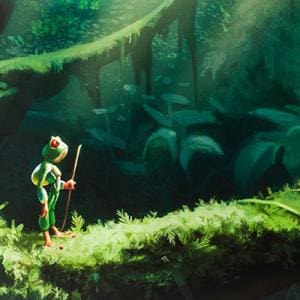

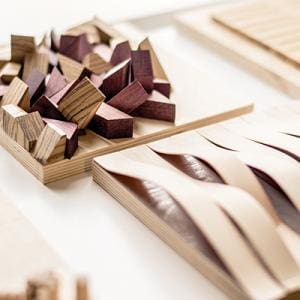
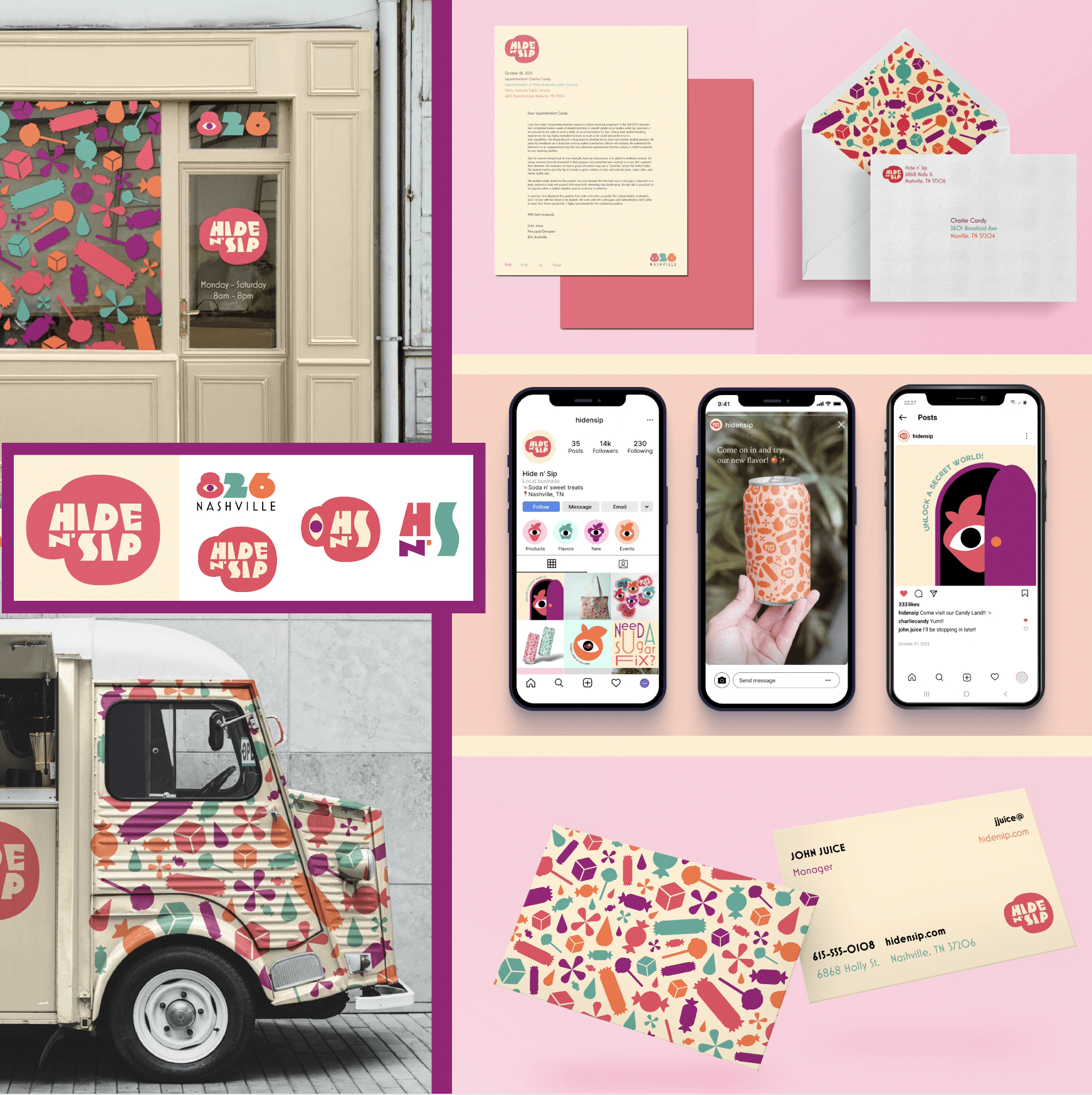
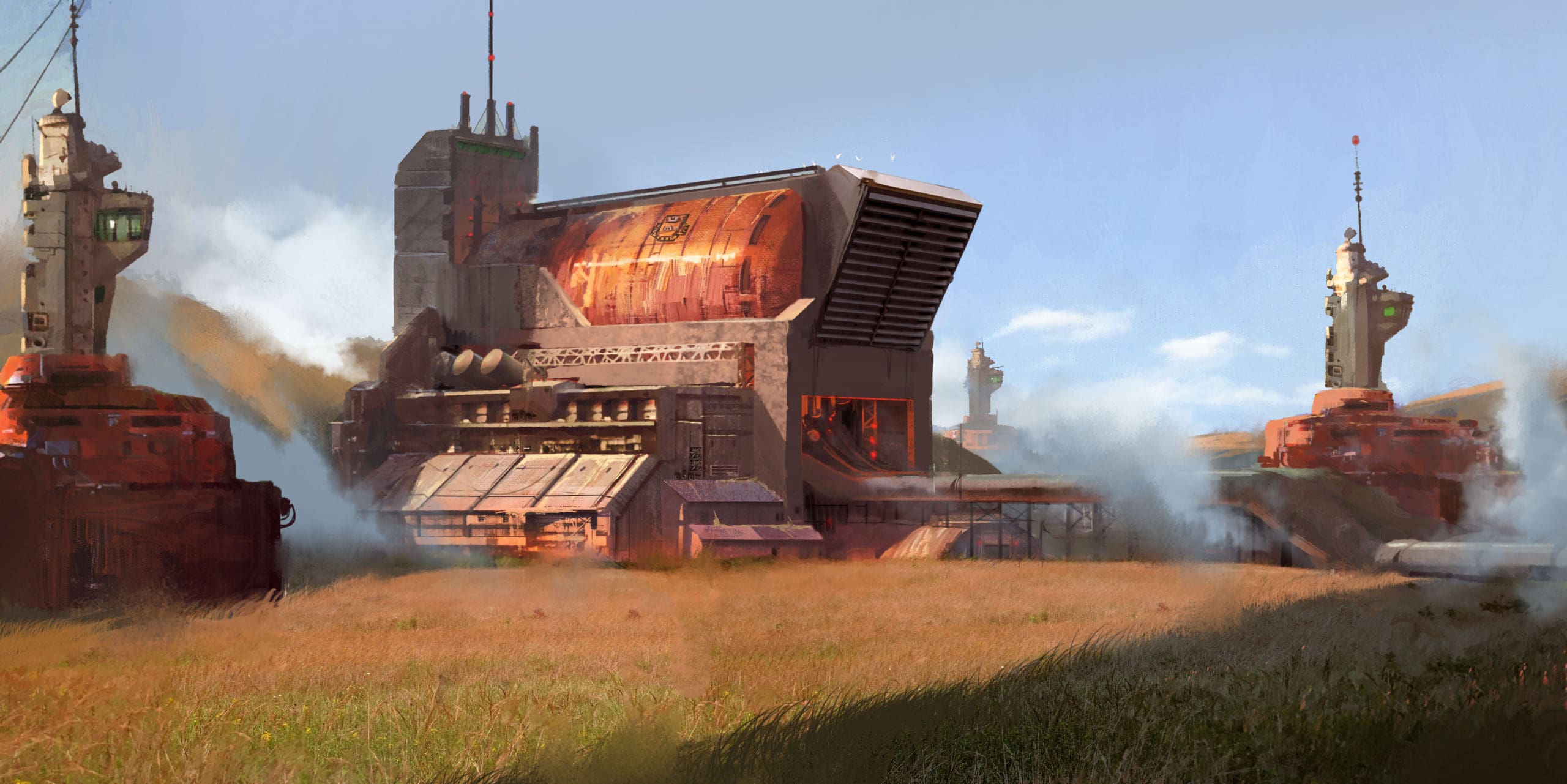
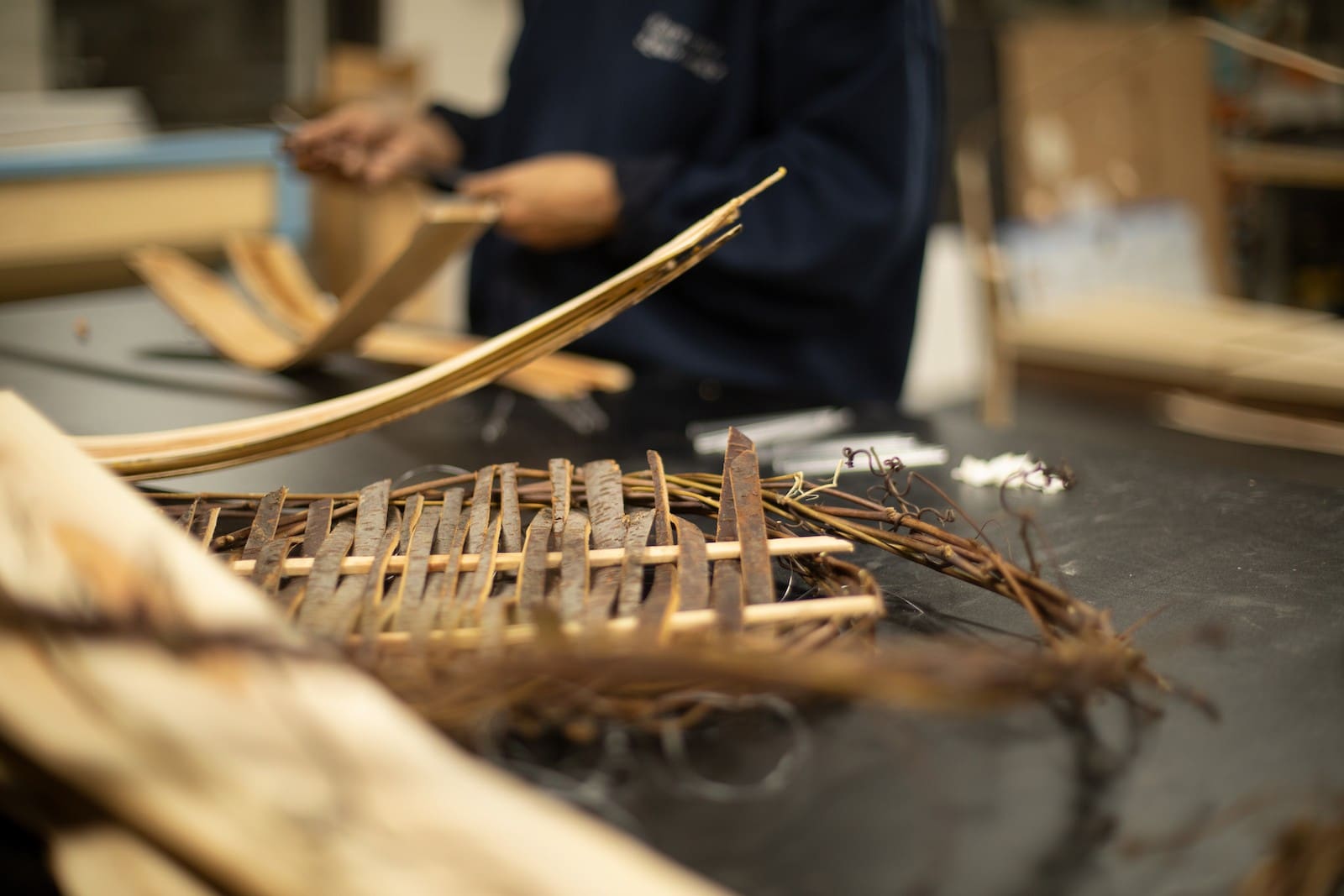
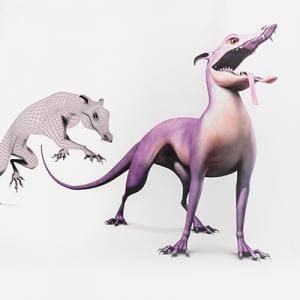


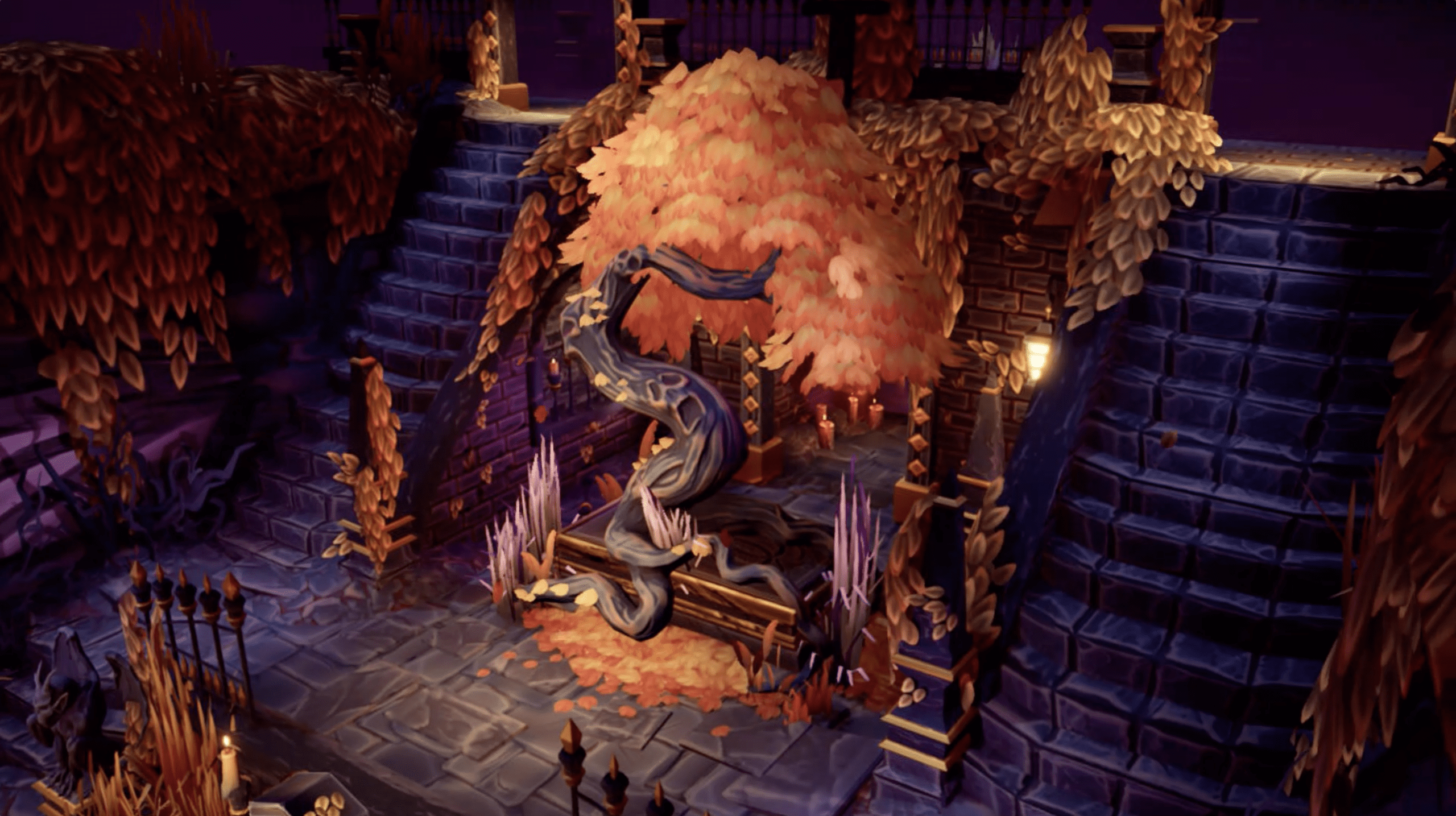
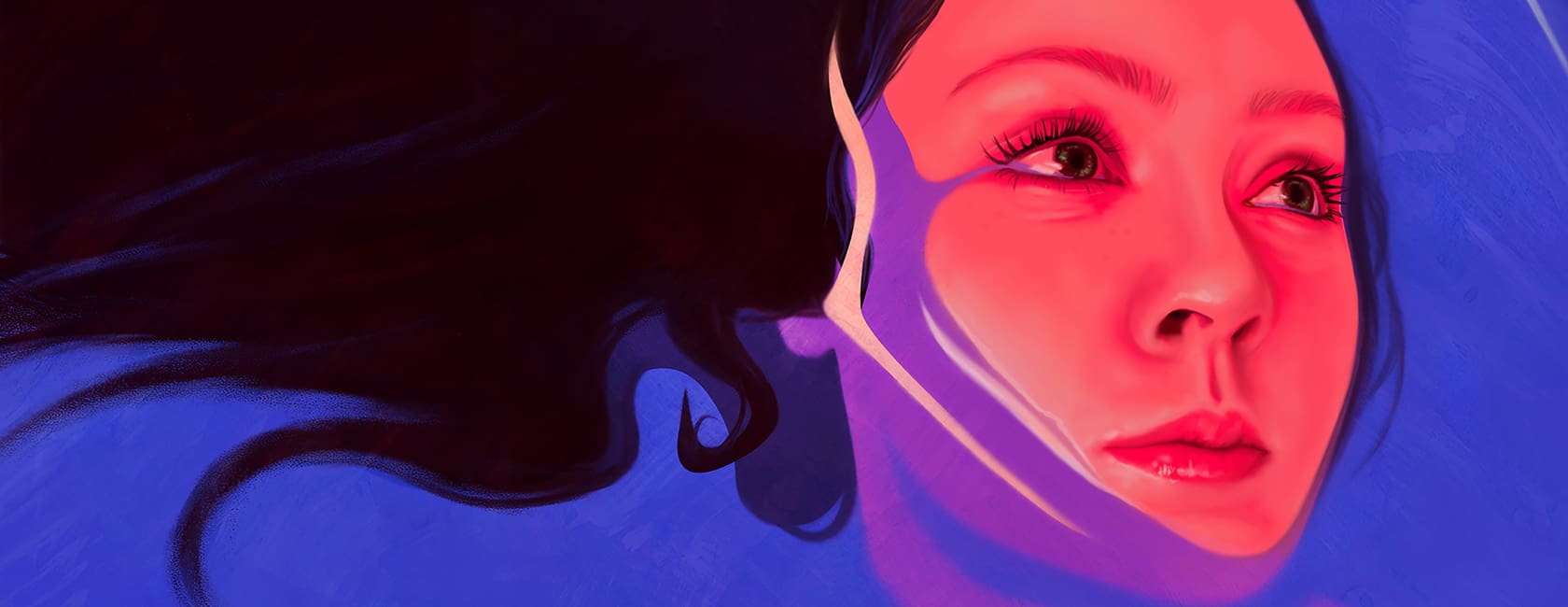
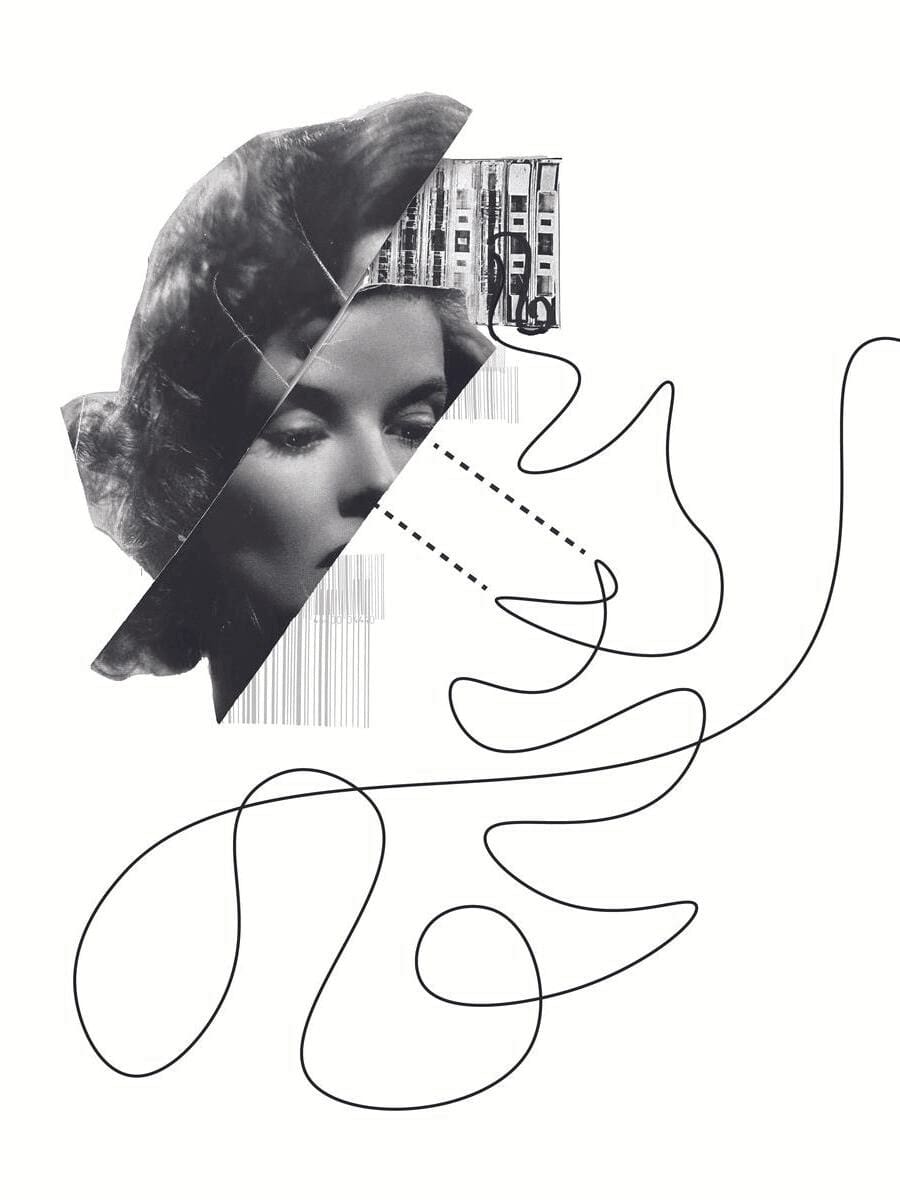
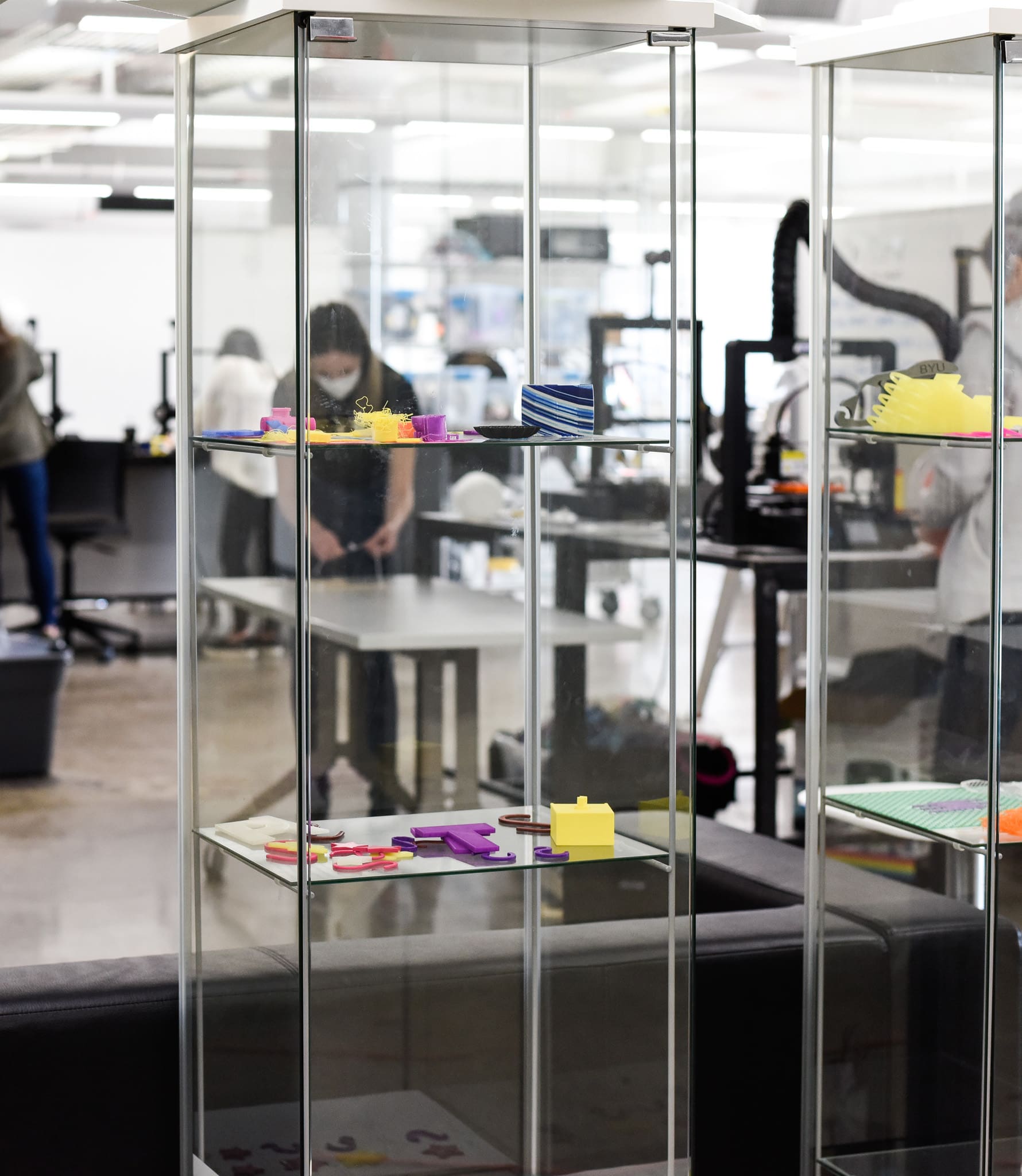

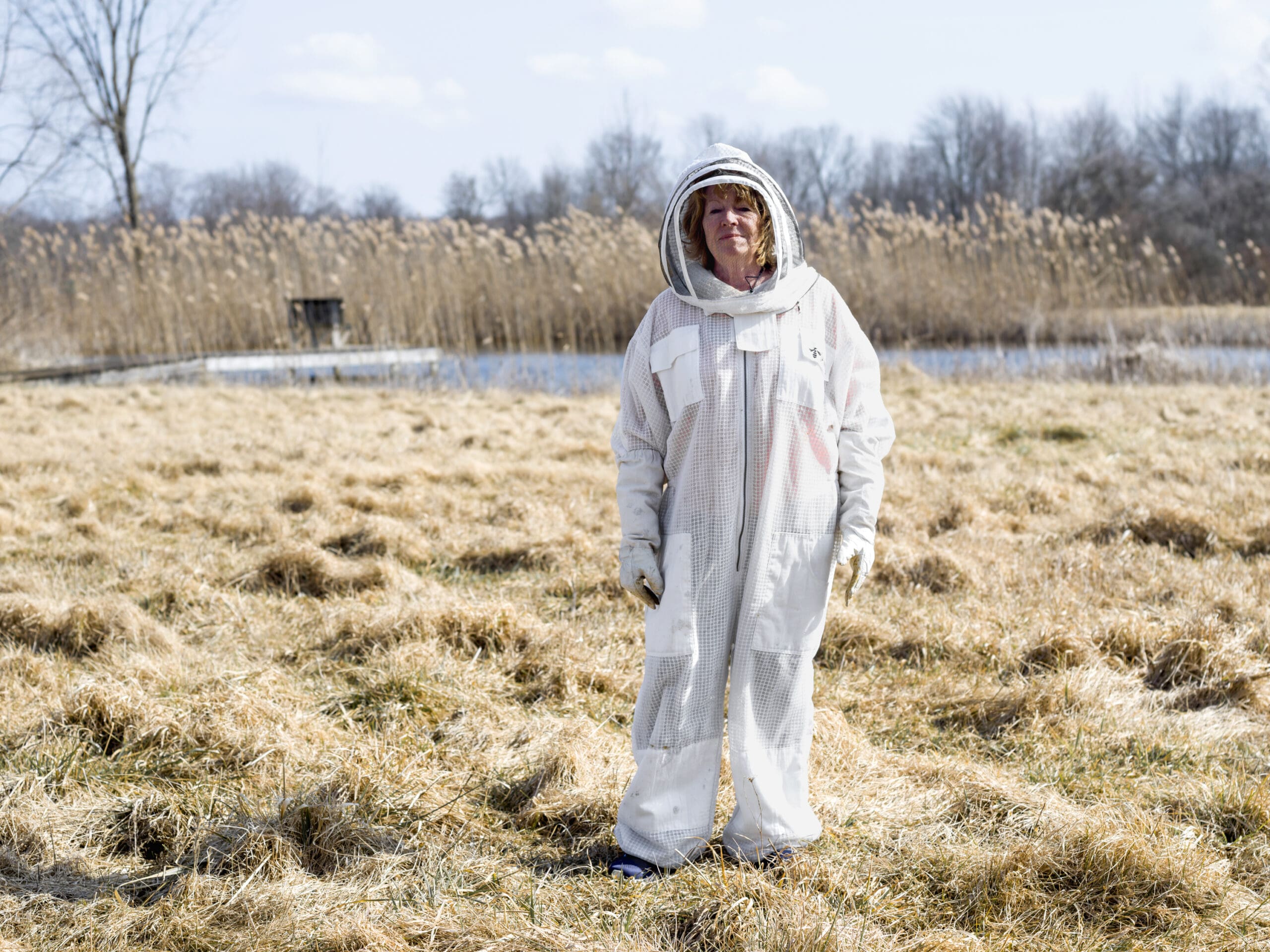

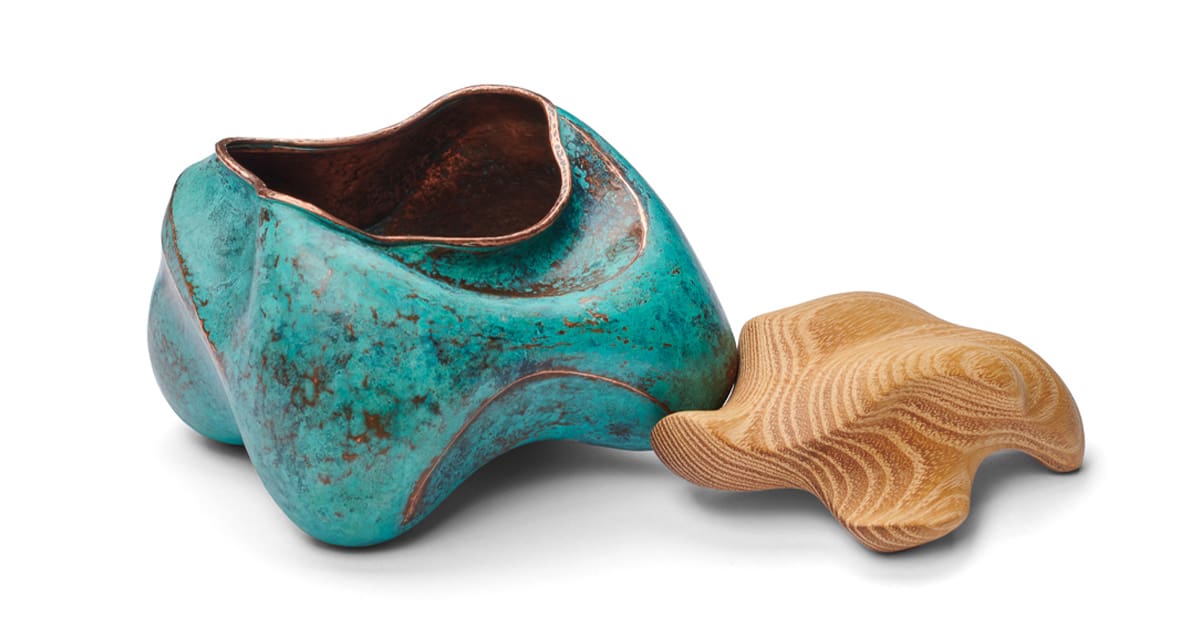


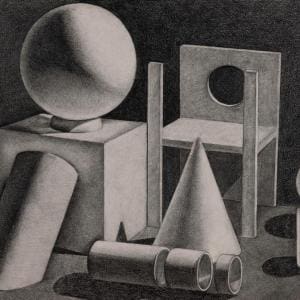
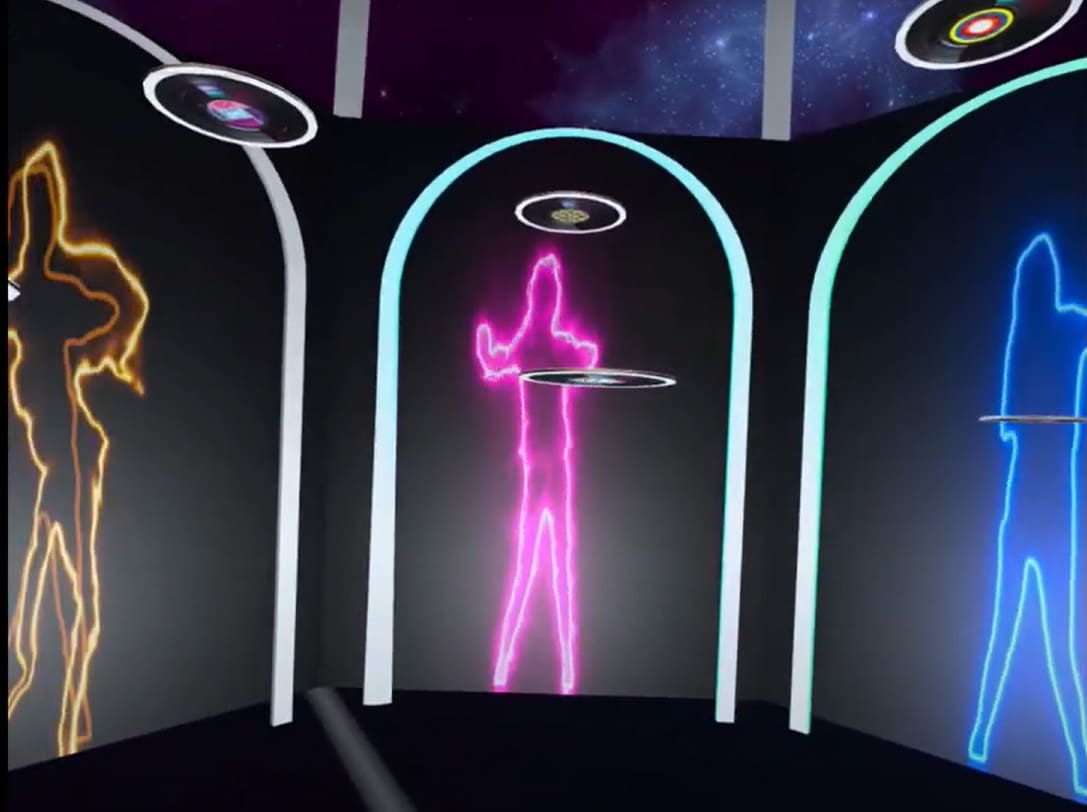
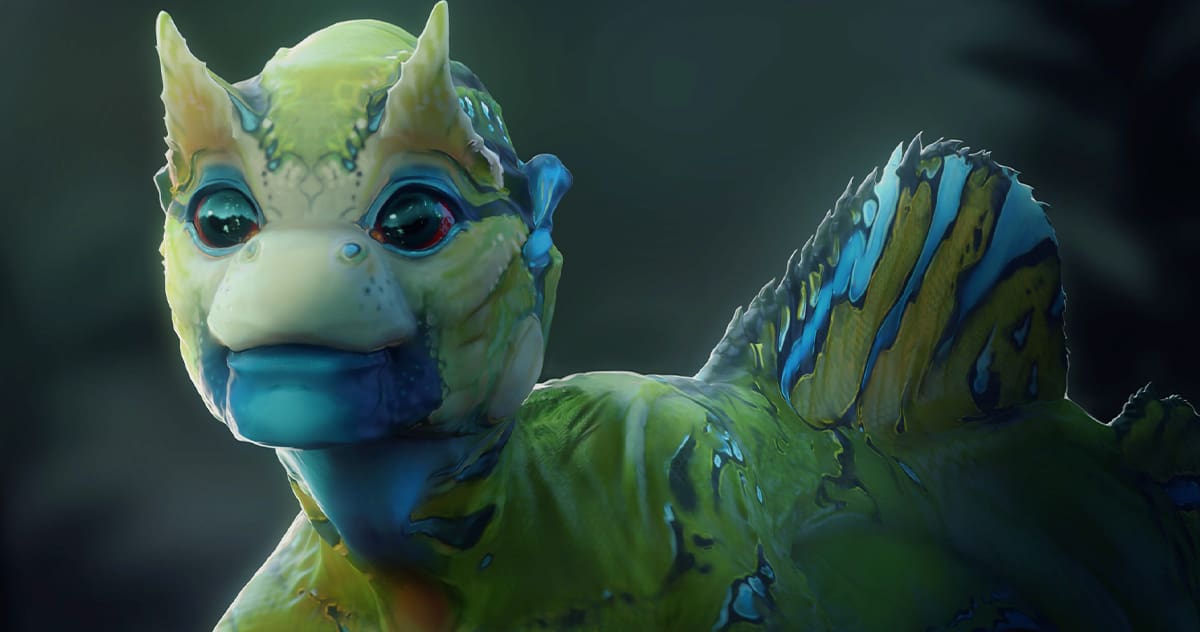

0 Comments